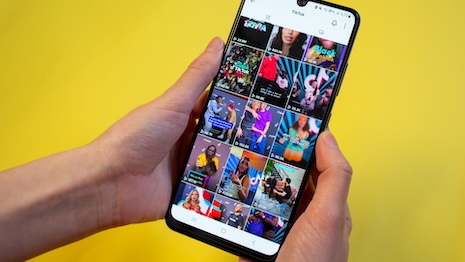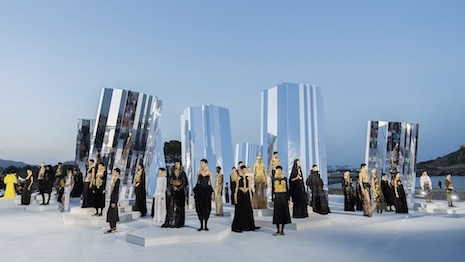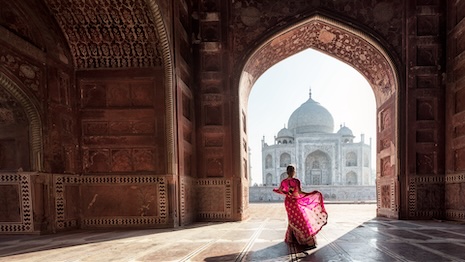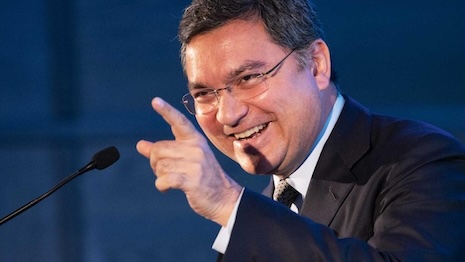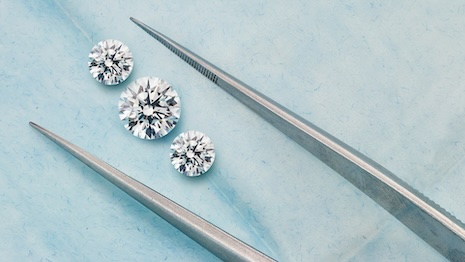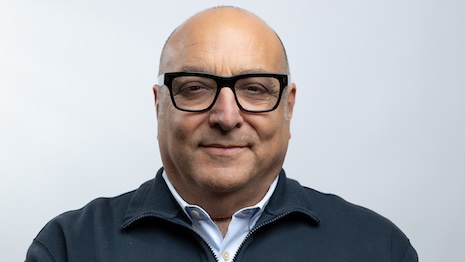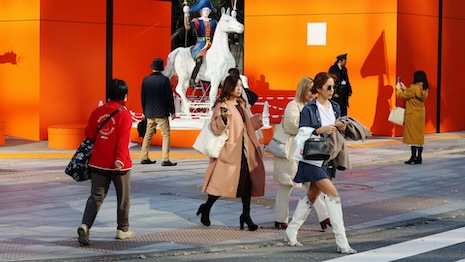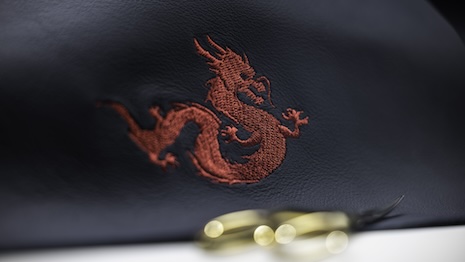- No categories
- About
- Membership
- Networking & Events
- Research
- News
- Free Newsletter
- Luxury Class
- Partners
-
Most Read
- Rolls-Royce Americas CEO to headline Luxury Outlook Summit 2026 New York Jan. 14-15. Join us!

- Chat around OpenAI is that its lead over Google is artificial

- How luxury brands should retain the attention of Very Important Clients and One-Percenters in China and elsewhere

- The India report: The new luxury hotspot

- Why is luxury struggling to acquire and retain customers?

- Recruiting talent for retail, frontline and managerial positions lumber luxury brand growth

- Why licensing in luxury and fashion maintains its allure

- 2 weeks left! Register now for Luxury Roundtable's Sept. 25 summit

- Why luxury retailers should look at retail media networks

- IP options to protect products in the fashion industry

- Rolls-Royce Americas CEO to headline Luxury Outlook Summit 2026 New York Jan. 14-15. Join us!
-
Latest Headlines
-
Rolls-Royce Americas CEO to headline Luxury Outlook Summit 2026 New York Jan. 14-15. Join us!

-
Global luxury spending to stay flat at $1.66 trillion in 2025 as shopper base shrinks

-
2026 will likely be another year of dislocation for fashion: report

-
Dubai leads super-prime real estate rankings worldwide despite third-quarter slowdown

-
Art collector community globally growing younger, more diverse, female-influenced and confident

-
Maximalism, chocolate brown and vintage antiques are top designer choices: 2026 interior design trends

-
Announcing the world’s first AI in Luxury Summit Jan. 15 in New York

-
India’s luxury decade: How homegrown conglomerates are rewriting the playbook

-
How AI is quietly rewriting the rules of luxury advertising

-
1 week left! Claim your spot at Luxury Roundtable’s Sept. 25 summit

-
Rolls-Royce Americas CEO to headline Luxury Outlook Summit 2026 New York Jan. 14-15. Join us!
- Join Our Luxury Program
- My Account Log In Log Out
- Rolls-Royce Americas CEO to headline Luxury Outlook Summit 2026 New York Jan. 14-15. Join us!

- Chat around OpenAI is that its lead over Google is artificial

- How luxury brands should retain the attention of Very Important Clients and One-Percenters in China and elsewhere

- The India report: The new luxury hotspot

- Why is luxury struggling to acquire and retain customers?

- Recruiting talent for retail, frontline and managerial positions lumber luxury brand growth

- Why licensing in luxury and fashion maintains its allure

- 2 weeks left! Register now for Luxury Roundtable's Sept. 25 summit

- Why luxury retailers should look at retail media networks

- IP options to protect products in the fashion industry



